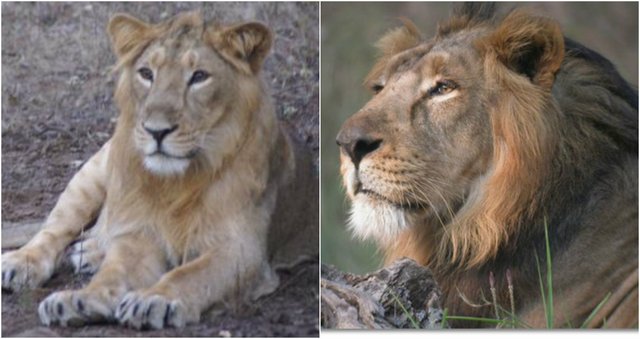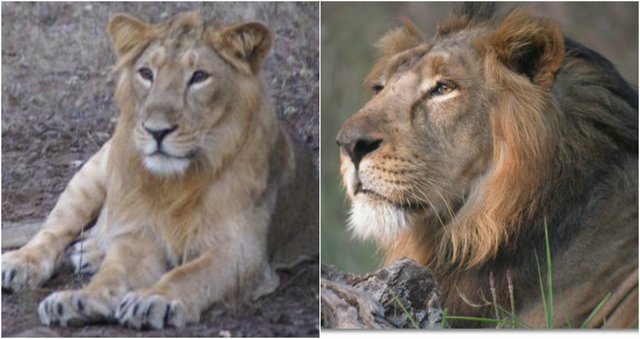Women foresters in Gujarat are scripting a unique chapter in conservation, keeping poachers and encroachers at bay with their soft skills and emotional bond with villagers.

Women foresters in Gujarat are scripting a unique chapter in conservation, keeping poachers and encroachers at bay with their soft skills and emotional bond with villagers.
Deployed in the Gir Forest, the only abode of the Asiatic Lion, these dedicated women keep a hawk’s eye on every acre of the sanctuary, parcelled into beats for administrative convenience. Gujarat Chief Minister Narendra Modi, who took the initiative to appoint them as Van Raksha Sahayaks (forest protecters) in 2007, recalled their exemplary role in a conservation while addressing women entrepreneurs in New Delhi.
Buoyed by an enthusiastic response to the first batch of women forest guards, mainly tribals from Junagadh, Amreli and Bhavnagar districts, the Gujarat government plans to recruit 100 more this year. Besides protecting the Asiatic lion and leopards, these guards prevent illegal teak felling and forest fires, often caused by tribal rituals. They also promote conservation and regulate eco-tourism. “Of 365 staff members posted at Gir forest, only 32 are women. But they are playing a significant role in its protection and management, far beyond their numbers,” Sandeep Kumar told IANS. Kumar, himself an avid wildlife enthusiast and photographer, is the Deputy Conservator of Forests Wildlife Division, Sasan-Gir, which lies 327 km southwest of Ahmedabad. Kumar’s statement is backed by statistics. The 2010 lion census states that Asiatic lions in Gir Forest have grown by 13 percent over five years, taking the total to 411.
“Van sahayaks” rescued more than 250 leopards, as part of a total of 600 rescue operations undertaken in the Gir, one of the highest recorded anywhere in the country. They have organised medical camps in villages as well as nature education trails and camps for girls aged between 8 and 11 years. Soft skills help “van sahayaks” mingle with village women and children, gaining their trust, support and goodwill for conservation, said Kumar. Provided cameras by Modi, some of them have even become expert wildlife photographers. For instance, Kiran Pethia has clicked the behaviour of cubs. Likewise, Rasila Vadher relies on the lens for documentation and presentations. Prior to 2007, a male bastion like the Gujarat Forest Department had only a couple of women from the Indian Forest Service on its rolls, recalls Kumar. The Gir forest comprises a fully protected core of 258 sq km and a sanctuary spread over 1,153 sq km of notified and coastal forests. Armed with double bore shotguns and wireless sets, women assigned to the mobile squad comb the protected area, covering more than 25 km daily. Similarly, the rescue squad reaches out to animals in distress, ensuring treatment and relief.
The wireless squad tracks the progress of both the groups and keeps in touch with them. Encountering snakes or crocodiles and hungry lionesses, besides armed poachers and encroachers, are some of the daily hazards. For instance, Manisha Vaghela had a brush with a gang of motorcycle-borne poachers in 2011 in the Devaliya area of Gir. Tipped off about their presence by her range forest officer, she acted promptly and fearlessly. Vaghela collected four of her forest guards and four more from Devaliya Range. They sealed the area and nabbed the poachers trying to kill an antelope. Gir forest has four rescue centres to resolve human-wildlife conflict. All rescue teams comprise a vet, forest staff (including women) and, most important, trackers.
Kumar attributed the success of the Gujarat model of conservation to inter-departmental coordination, dedication of staff and involvement of local communities. Inspired by the Gujarat model, Maharashtra sent two batches of senior foresters to the Gir sanctuary to learn how human-wildlife conflict could be minimised.
– Shudip Talukdar, IANS





